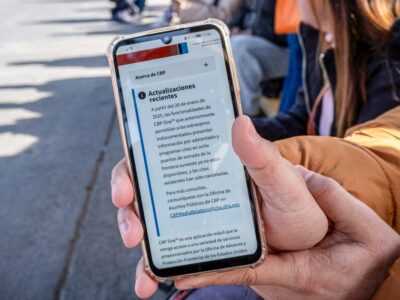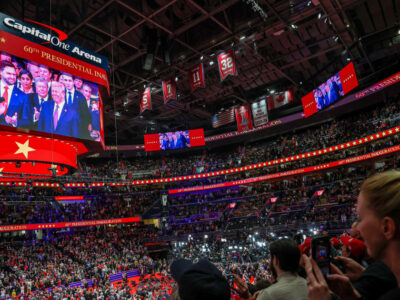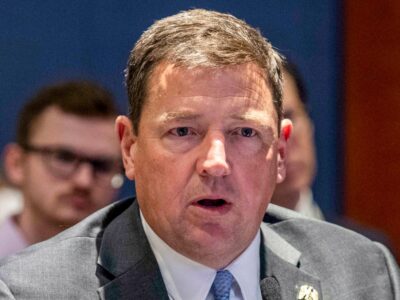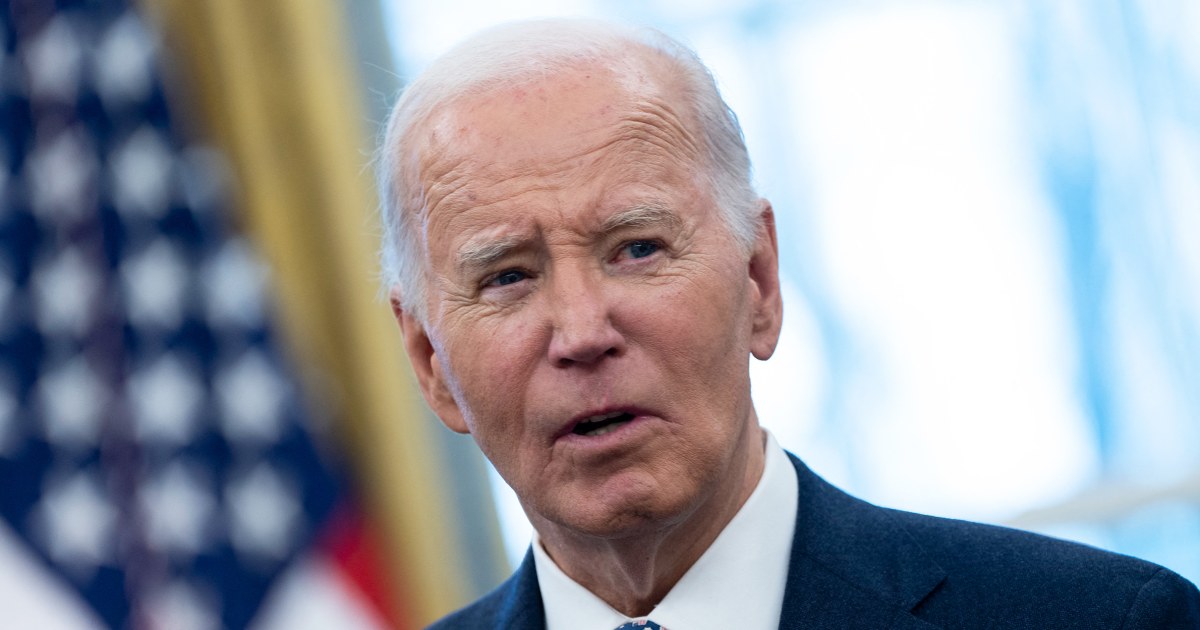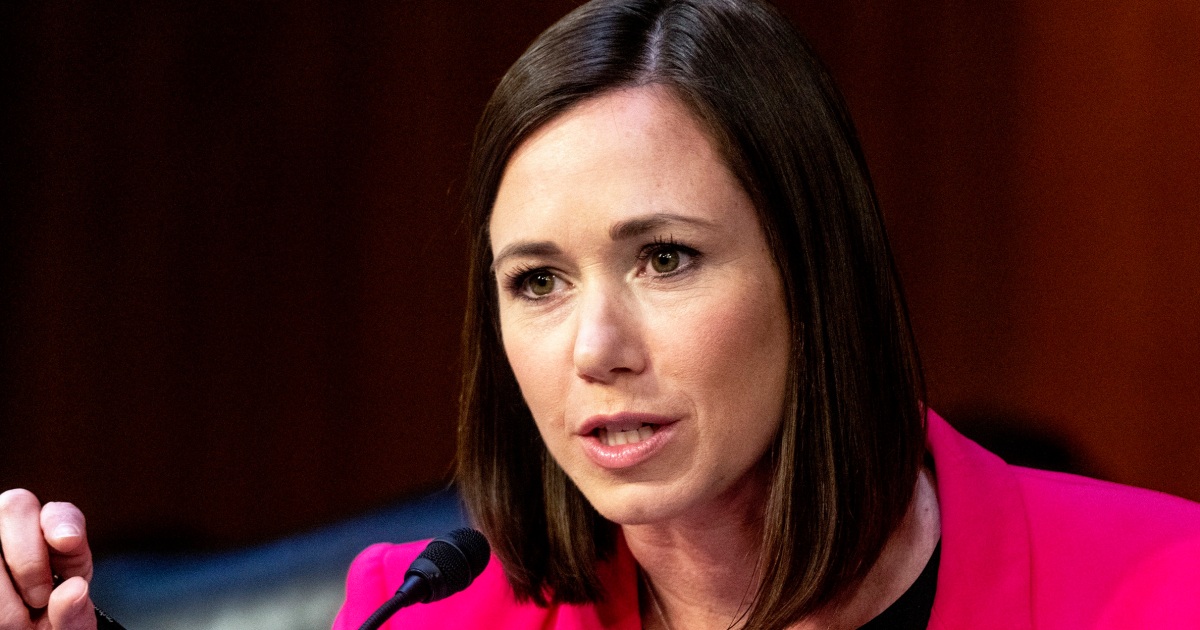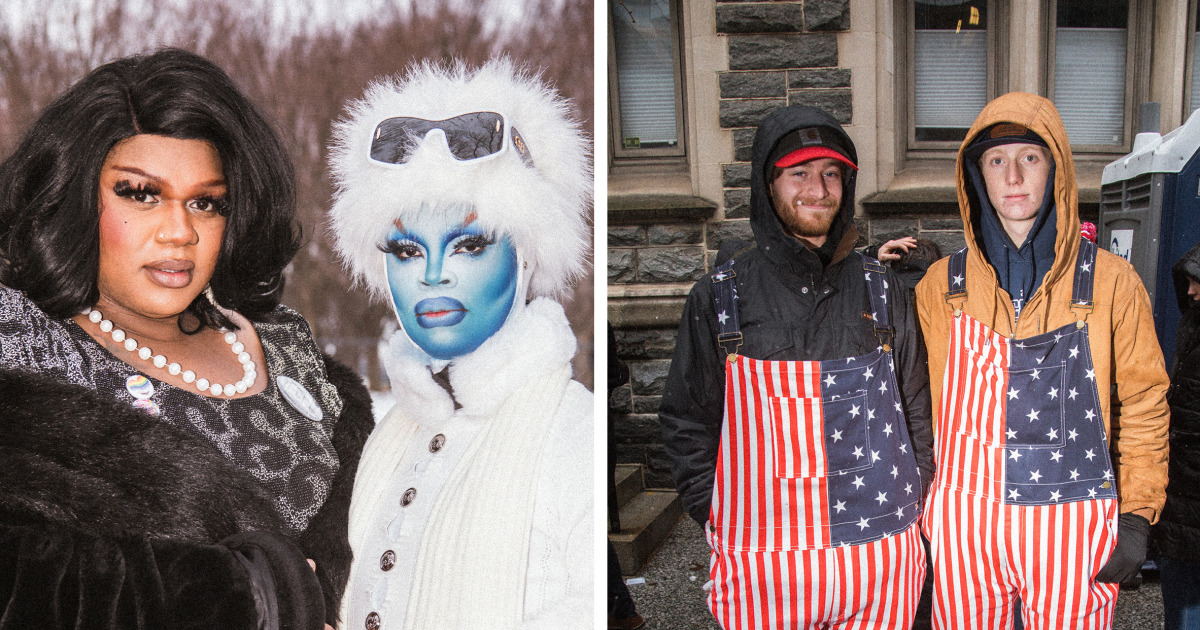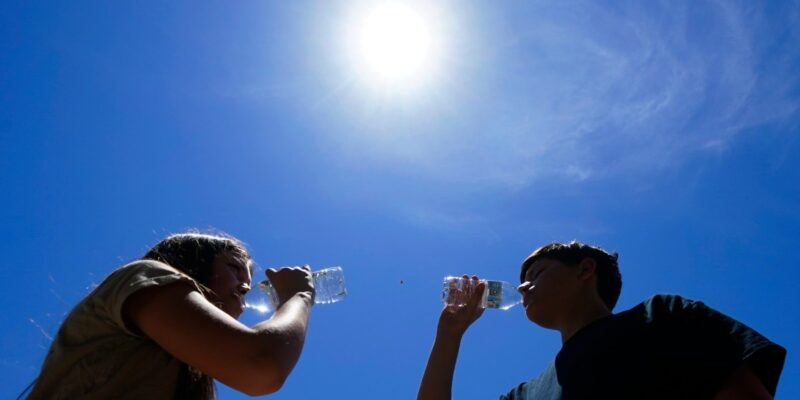
This story was originally published by the Guardian and is reproduced here as part of the Climate Desk collaboration.
It was a relatively cool spring day in Phoenix, Arizona, as a tree-planting crew dug large holes in one of the desert city’s hottest and least shaded neighborhoods.
Still, it was sweaty backbreaking work as they carefully positioned, watered and staked a 10ft tall Blue palo verde and Chilean mesquite in opposite corners of resident Ana Cordoba’s dusty unshaded backyard.
“If I ever retire, I’d like to be able to spend more time outside. The weather is changing, so I am really happy to get these trees. We need more shade,” said Cordoba, 75, a legal secretary, whose family has lived in Grant Park for more than a century.
Over the course of three days in early April, arborists planted 40 or so desert adapted trees in Grant Park, as part of the city’s equity-driven heat mitigation plan to create a shadier, more livable environment amid rising temperatures and hundreds of heat-related deaths.
Phoenix is America’s fifth largest and hottest city, a sprawling urban heat island which has expanded without adequate consideration to climate and environmental factors like water scarcity and extreme heat. Multiple heat records were broken last year, including 133 days over 100F and 55 days topping 110F .
Only around 9 percent of Phoenix is protected by tree canopies, yet this citywide figure masks vast inequities between wealthy, majority-white neighborhoods like Willo (13 percent coverage) just two miles north of Grant Park (4 percent). One census tract in the north-west of the city, Camelback East, has 23 percent tree cover.
“This is one of the city’s oldest neighborhoods—and one of the most neglected,” said Silverio Ontiveros, a retired police chief turned community organizer who drummed up interest for the tree planting by knocking on doors and putting flyers through every neighbor’s letterbox.
“Our goal is to change the inequity and create enough shade to provide residents and passersby reprieve from the heat. For that we need many more trees, but we also need to take care of them,” added Ontiveros, as he walked through the neighborhood making sure the right families got the right trees.
Grant Park is a majority Latino community in south Phoenix situated next to a sprawling electrical substation—a hot and dusty neighborhood with 200 or so homes, but no stores and plenty of empty lots and boarded-up houses. It was once a thriving neighborhood—one of the few places where people of color could live due to discriminatory housing policies that lasted most of the 20th century.
Redlined neighborhoods like Grant Park still have higher pollution levels, less vegetation, more noise pollution and higher temperatures. In recent years, the local outdoor pool was shuttered and scores of trees cut down by a previous administration to prevent homeless people from gathering in the shade.
“This is one of the hottest parts of the city because the people here don’t have political power,” said Leo Hernandez, 78, the master gardener at the thriving community garden where he created a butterfly sanctuary for migrating monarchs. “We need shade, but trees also suck up carbon dioxide, create places to socialize and healthier, happier neighborhoods.”
Trees have multiple benefits in urban areas which include cleaner air, improved physical and mental health, water conservation, increasing wildlife habitat, CO2 storage and sequestration and lower temperatures through shade.
The city is mostly concerned with reducing the urban heat island effect and improving public health, and its 2010 shade masterplan set out a goal of achieving 25 percent citywide canopy cover by 2030. Amid little progress and rising heat mortality and morbidity, in 2021 Phoenix established the country’s first office of heat response and mitigation. Its community tree planting program is now being rolled out to public schools, churches and homes in qualifying census tracts—low-income neighborhoods with little shade.
Residents can choose from a list of 19 native and desert-adapted trees including the Texas olive, Chinese red pistache and Chilean mesquites. The trees, which are a couple of years old and pretty heavy, are planted by contracted arborists. For insurance reasons, they must be within the property—not the sidewalk—and not too close to walls or power lines. Each household also gets a tree kit—a 100 foot hose, irrigation timer, and instrument to measure the soil pH and moisture, as well as written care instructions.
This is the fourth tree-planting initiative in Grant Park, but the other schemes involved donations of smaller, younger trees which residents themselves had to plant in the dry, rocky earth. Several didn’t survive last summer’s heatwave, when temperatures hit 100F on 31 consecutive days, while others died from overwatering or a lack of attention.
Tree planting has become increasingly popular among corporations, governments and environmental groups alike in recent years, with mixed results. In Turkey, 90 percent of the government’s 11 million new trees died within months, while polluting industries including mining and fossil fuel companies have been accused of trying to greenwash environmental and climate harms.
“It is very hard to grow trees here, our environment is very extreme, so we’re doing everything we can to help them survive, which includes giving people the choice so they have species they love and feel excited about,” said Kayla Killoren, the heat office tree equity project coordinator. “There’s been a lot of greenwashing, and some people are weary and think it’s a scam at first, until they see their neighbors get trees planted.”
In Phoenix, a 75 to 80 percent survival rate would be considered a success, according to Killoren.
So far, 700 trees have been planted with scores more events planned throughout April and May, and will resume again in the fall after the summer heat. The project is mostly funded through nonprofits and local and federal government grants, including millions of dollars from the Covid stimulus package—the 2021 American Rescue Plan—and the Inflation Reduction Act.
There’s a long way to go and limited funds. According to American Forests, more than 800,000 more trees are needed to achieve 15 percent canopy cover for every residential block in the city.
The slow progress in improving tree coverage has frustrated many Phoenix residents, and in May, the heat team will present a new master shade plan to the city council, setting out more nuanced data-driven goals for homes, sidewalks and parks to replace the 25 percent citywide one. At the heart of the plan will be tackling shade inequalities that make rising temperatures increasingly deadly for the city’s most vulnerable communities, according to David Hondula, who leads the office of heat response and mitigation.
“The core concepts driving the masterplan are improving public health and livability by creating more shade in the places people spend most time,” said Hondula.
In Grant Park, the community celebrates every single tree but it will probably take years to create adequate shade to provide residents—including unsheltered neighbors and passersby—adequate protection from the worsening heat.
“We’ve always had to fight for everything here, we’re neglected but I love my neighborhood,” said Evangeline Muller, 75, who loads up her golf buggy with buckets to water the trees when it gets really hot. “Trees mean health, they give life, and I’m not going to stop fighting for my community.”


